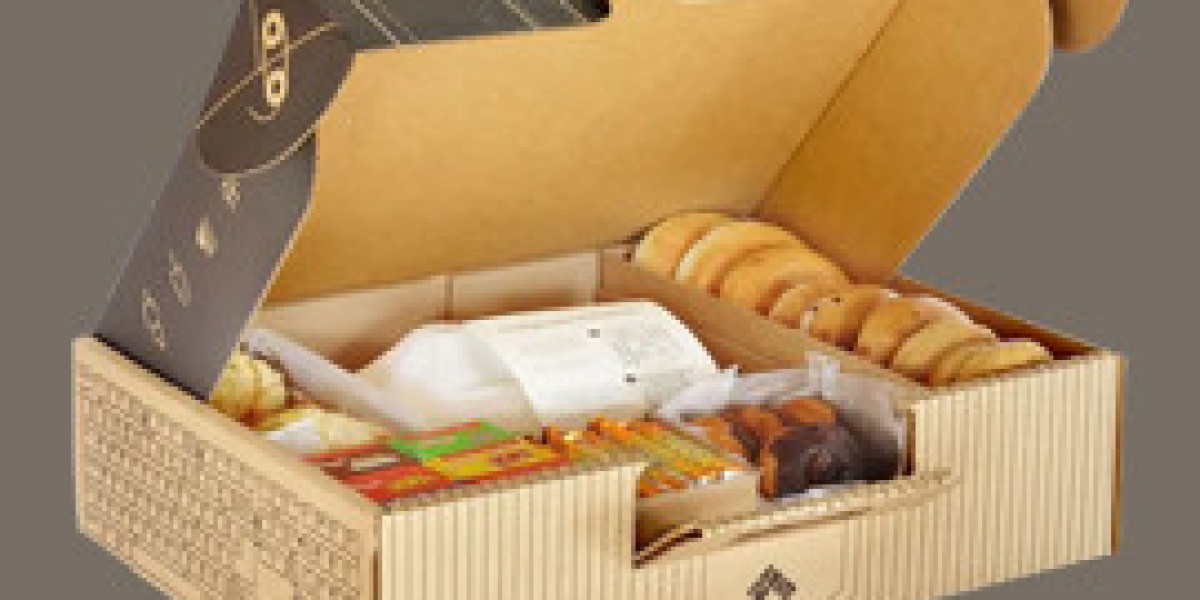In an increasingly competitive and eco-conscious market, food packaging has evolved far beyond its traditional role. Today, it’s about innovation, consumer convenience, sustainability, and branding. Innovative food packaging solutions not only enhance shelf appeal but also extend shelf life, reduce waste, and support environmental goals. This blog explores cutting-edge trends and technologies that are transforming the food packaging industry.
1. Smart Packaging Technologies
Smart packaging integrates digital or mechanical elements to provide real-time information or functionality.
Time-Temperature Indicators (TTIs): These change color based on exposure to temperature variations, helping monitor freshness during transportation and storage.
QR Code Labels: Allow consumers to scan for nutritional information, sourcing transparency, or promotions.
RFID & NFC Tags: Enable supply chain tracking and enhance inventory management.
2. Edible Packaging
Edible packaging is made from food-grade materials that can be consumed along with the product.
Examples: Seaweed wraps for snacks, rice paper for candies, and gelatin-based films for single-serve condiments.
Benefits: Reduces plastic usage, aligns with zero-waste goals, and adds a novelty factor to the customer experience.
3. Biodegradable and Compostable Materials
To combat environmental pollution, companies are adopting plant-based and biodegradable packaging materials.
PLA (Polylactic Acid): A biodegradable plastic derived from corn starch.
Bagasse: Made from sugarcane pulp, perfect for takeout containers and trays.
Mushroom Packaging: Grown using mycelium and agricultural waste, fully compostable in soil.
4. Active Packaging
Active packaging actively interacts with the contents to maintain quality and extend shelf life.
Oxygen Scavengers: Absorb oxygen inside the package to prevent spoilage.
Moisture Regulators: Maintain optimal humidity levels.
Antimicrobial Coatings: Inhibit bacterial growth on the inner surface of the packaging.
5. Minimalist and Functional Design
Designing product packaging with a minimalist approach helps reduce material use and improve recyclability.
Single-material packaging: Easier to recycle and sort.
Flat-pack containers: Save space during shipping and storage.
Reusable closures: Encourage reusability and consumer convenience.
6. Customization and Branding Innovations
Personalization in packaging increases consumer engagement and strengthens brand loyalty.
Variable data printing: Allows brands to create limited-edition or personalized packaging.
Interactive packaging: Augmented reality (AR) and gamification features build excitement.
Unique shapes and textures: Make packaging instantly recognizable and Instagram-worthy.
7. Transparent and Honest Labeling
Modern consumers value authenticity, especially in food sourcing and nutritional information.
Clear window packaging: Lets customers see the product inside.
Ingredient transparency: QR codes or printed information linking to sourcing details.
Sustainable claim verification: Third-party certifications on recyclable or compostable packaging.
8. Temperature-Resistant and Microwave-Safe Packaging
As food delivery and meal prep grow, so does the demand for heat-safe packaging.
Dual-layer containers: Designed for safe microwave use.
Insulated wraps: Keep hot foods warm and cold foods cool during transit.
Conclusion
Innovative food packaging solutions are redefining how food is preserved, presented, and consumed. From smart labels and biodegradable materials to edible wraps and interactive features, these innovations are not only elevating functionality but also addressing pressing environmental concerns. Businesses embracing these advancements are better positioned to meet consumer expectations and lead in the sustainable food packaging revolution.







